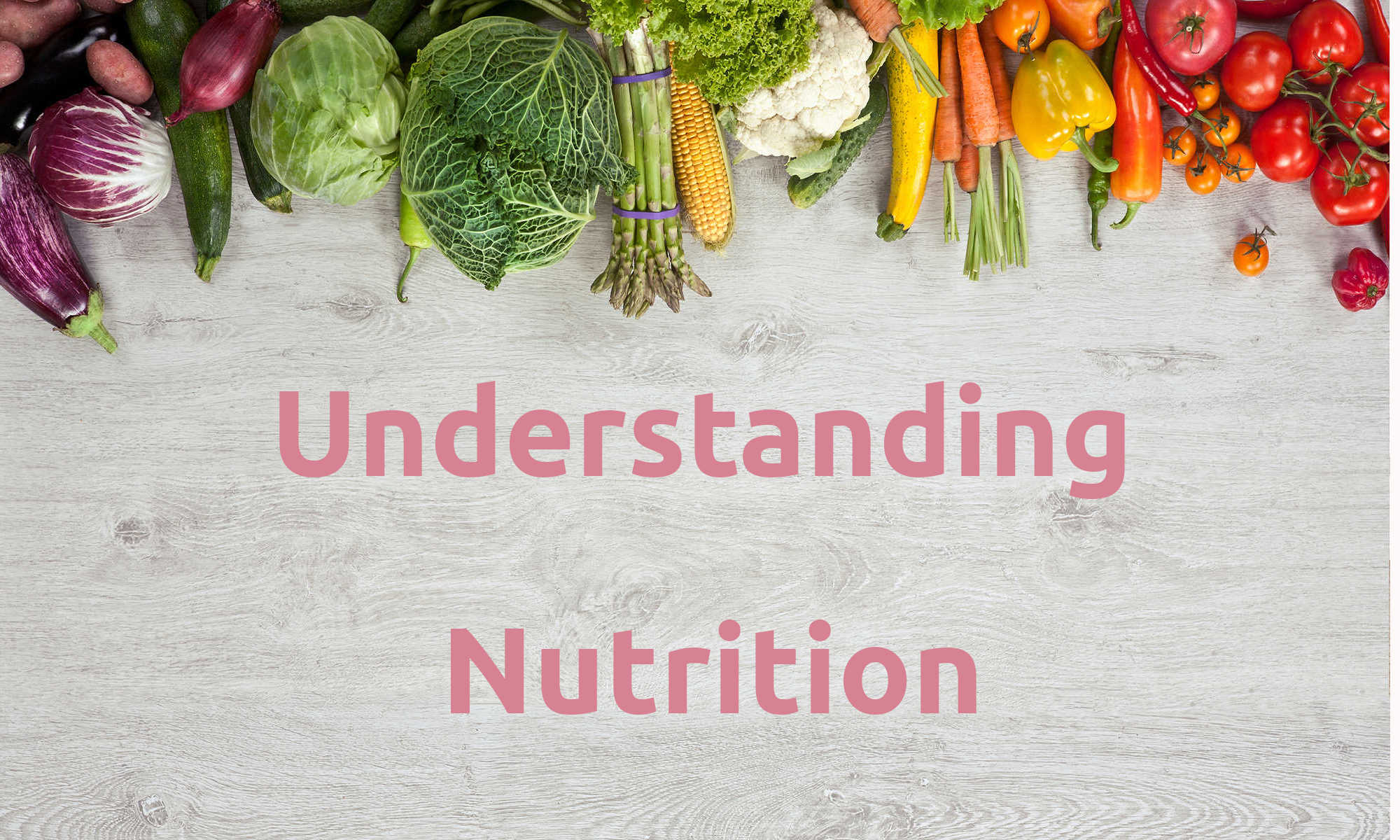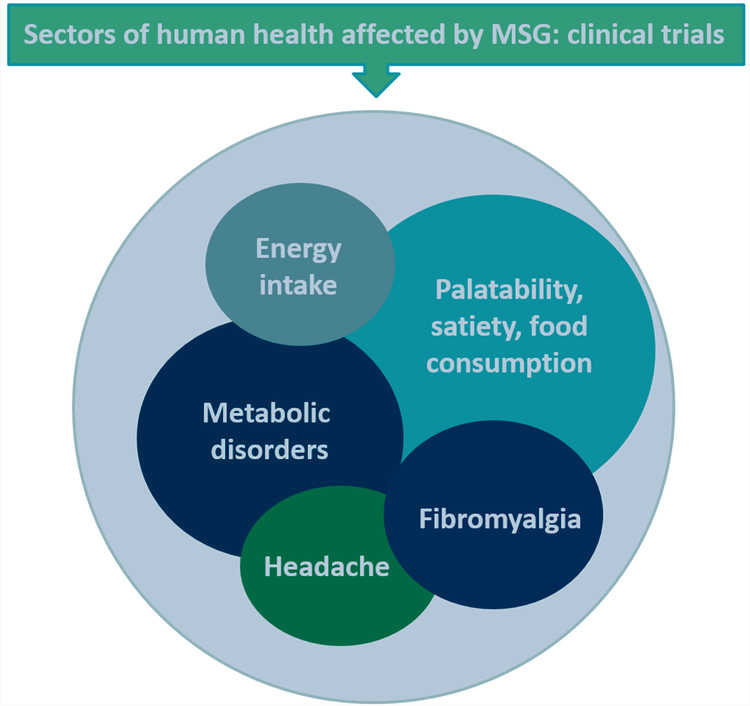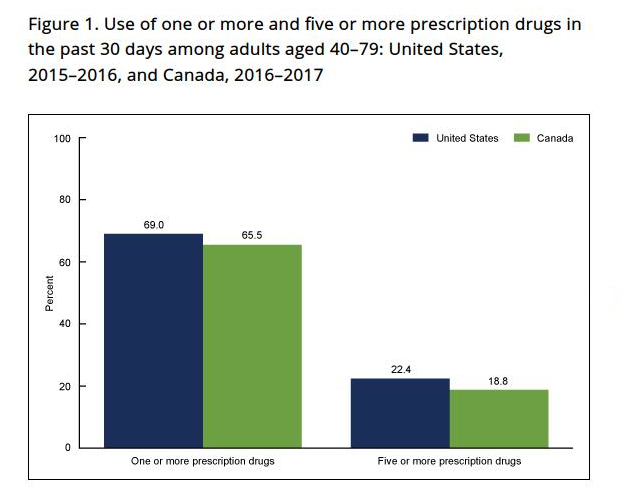
In part 1 we looked at how nutrition plays a vital role in our health, the difference between diet and nutrition and how nutrients can only benefit us once they are assimilated into the cells. In this blog we’ll look at the reality of our modern diets, why our foods are nutrient deficient and how chronic medications actually add to the problem.
Today the vast majority of us live in cities, far from the sources of our food. This has resulted in a number of major changes to the quality and make-up of our foods. More and more, we eat processed foods that have all the essential nutrients stripped out of them and are laden with preservatives, flavourants, and chemicals. Shelf life has replaced nutrient density in importance. Food manufacturers’ primary focus is on providing foods that will last as long as possible and the use of flavour enhancers, like MSG, is the norm. Don’t be fooled into thinking that MSG is not being added to your foods because of the adverse publicity it received a few years ago. All that happened is the food manufacturers changed its name! It’s now listed by a host of other names, so if you see something on a label like flavourant, flavour enhancer, glutamate, etc., you can be reasonably sure that it contains MSG. A review of scientific studies showed that it affects many areas of our health1.

Farmers grow mono-crops over and over again on the same land, leading to a depletion of minerals and nutrients. In addition, they use millions of tons of artificial fertilizers, pesticides and herbicides which further deplete the nutritional value of our foods. Fruits are picked before they ripen so that they don’t spoil during transportation to the cities. Oranges, for example, are supposed to be a great source of vitamin C. However, they are now picked partially green and the vitamin C content has not reached its maximum. There are a number of studies that show that such oranges now contain little or no vitamin C. Animals are raised in pens, cages and feedlots, requiring extensive use of antibiotics and hormones to keep disease under control. Is it any wonder that the foods we eat now aren’t nearly as nutritious as those that our grandparents ate?
In a landmark study researchers at The University of Texas, Austin, found that nutrient content of 43 common fruits and vegetables declined significantly from 1950 to 1999. They put it down to the drive to improve traits (size, growth rate, pest resistance, etc.) rather than nutrition. A study by the Kushi Institute of 12 fresh vegetables showed that from 1975 to 1997 calcium levels dropped by 27%, iron by 37%, vitamin A by 21% and vit C by 30%. Another study of 20 vegetables in the UK found that, from 1930 to 1980, the average levels of calcium declined by 19%, iron by 22% and potassium by 14%. When we combine this with the nutrient loss from transportation, processing, storage, freezing and cooking, it becomes obvious that the nutritional content of the foods we eat is not what it used to be. Living in cities has made it extremely difficult to get an adequate nutrient intake from our diet.
Another factor affecting nutrient intake is medication. The modern trend of prescribing chronic medications to control, not cure, the symptoms has added to the problem of nutrient deficiencies. The CDC estimates that almost 70% of the adult population takes a min of 1 chronic med, while about 20% are on a min of 5!2

There is now a large body of research pointing to the negative effect prescription drugs have on the absorption of nutrients. D. A. Roe, in particular, did an enormous amount of research on this. In one of his publications he said “We have learned that drug-induced malabsorption becomes symptomatic and causes nutritional deficiencies with chronic use of drugs…” A search of PubMed lists 150 references to his work.3
Other studies have shown nutrient absorption is inhibited as follows:
- Hypertension drugs can deplete potassium, magnesium, zinc, sodium, calcium, vitamins B & C4,5
- Beta Blockers can deplete CoQ106 and melatonin7
- Statins can deplete CoQ108, omega 3 & 69, zinc and copper10, Vit E11and Vit K12
- Proton pump drugs inhibit iron absorption13
Here’s a good article on the topic:
A Practical Guide to Avoiding Drug Induced Nutrient Depletion
The bottom line is that we are not getting the nutrients from our food that our grandparents did. Also, we are subjected to much more environmental pollution and stress these days, all of which aggravate the problem.
What is the solution?
Firstly, become a label reader. Don’t assume that because it’s on the shelf it’s safe to eat. Try to eliminate anything that contains colourants, flavourants and preservatives.
Secondly, try to eat as many whole foods (fresh fruit and vegetables, legumes, whole grains, etc.) as possible and decrease processed and packaged foods. A simple example is breakfast cereals. Almost all breakfast cereals are loaded with sugar and preservatives such as BHA & BHT. These are banned in many countries but not in SA, nor is it law to list them. They have been shown to to play a role in Alzheimer’s, sleep disorders and endocrinal and reproductive problems, among others. Not the kind of problems you want your kids to end up with! A healthier option is to buy rolled oats and add fruit, nuts and seeds for a really nutritious breakfast.
Thirdly, try to buy locally grown foods. Start shopping at farmers markets and support shops that stock locally grown produce. The food hasn’t been transported over long distances and is often grown without the level of artificial pesticides, herbicides and fertilizers that commercial farmers use.
Fourthly, consider growing your own. Many vegetables and herbs can be grown very successfully in containers, so one doesn’t necessarily need a lot of space. There’s nothing quite as delicious as fresh lettuce, tomatoes, spinach, peppers, etc., picked from your own garden.
Lastly, if you do eat meat try to buy organic, free range varieties. Don’t be fooled by advertising gimmicks like ‘grain fed beef’. That’s code for feed lot raised! Look for grass fed or pasture fed.
The good news is that, with a little forethought and planning, we can all improve the nutrient quality of our foods. While this may take a little effort initially, the end result will be worth it. You’ll end up with better tasting, more nutritious food and improved long term health.
For more info go to the Health News page
References.
1. https://www.ncbi.nlm.nih.gov/pmc/articles/PMC6952072/
2. https://www.cdc.gov/nchs/products/databriefs/db347.htm
3. https://pubmed.ncbi.nlm.nih.gov/?term=Roe%20DA
4. https://pubmed.ncbi.nlm.nih.gov/12479764/
5. https://www.ncbi.nlm.nih.gov/pmc/articles/PMC1884982/
6. https://pubmed.ncbi.nlm.nih.gov/17892/
7. https://pubmed.ncbi.nlm.nih.gov/10335905/
8. https://pubmed.ncbi.nlm.nih.gov/26192349/
9. https://pubmed.ncbi.nlm.nih.gov/15871849/
10. https://pubmed.ncbi.nlm.nih.gov/16240674/
11. https://pubmed.ncbi.nlm.nih.gov/19896775/
2 Replies to “Understanding Nutrition Part 2”